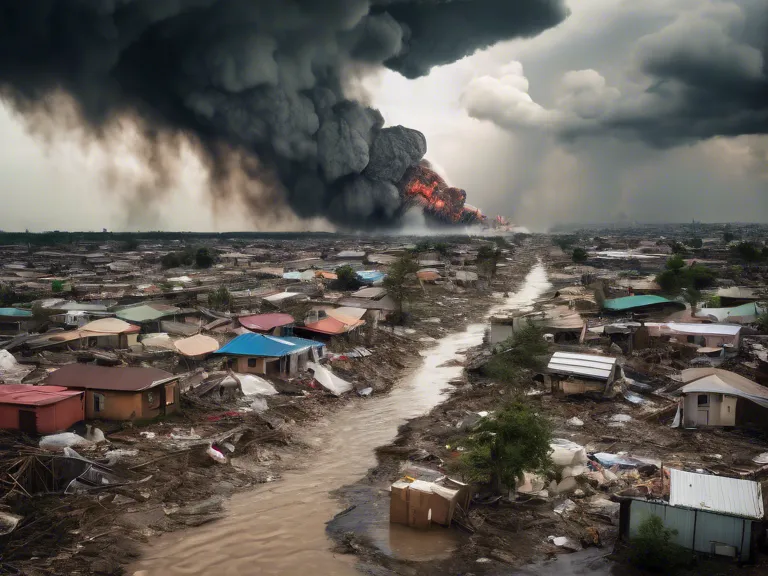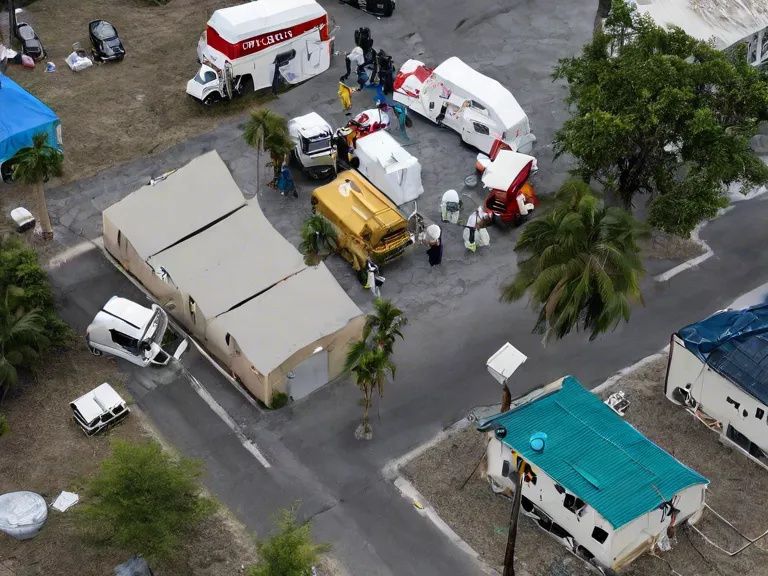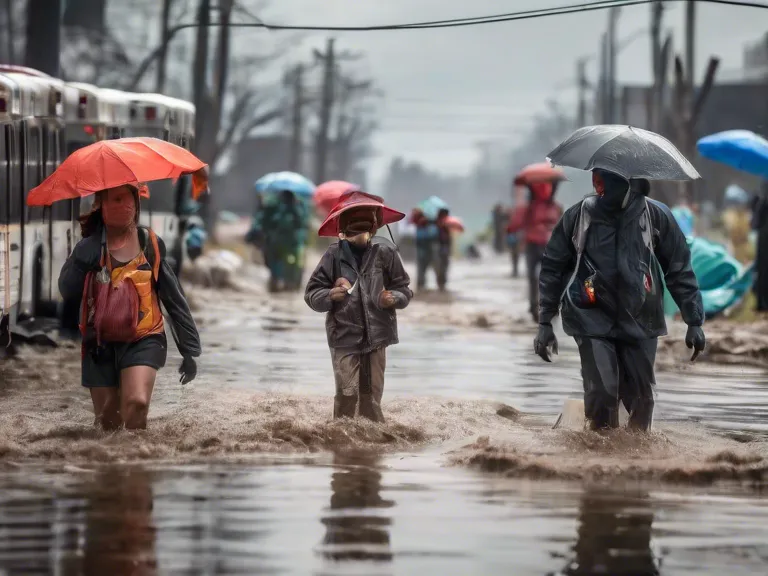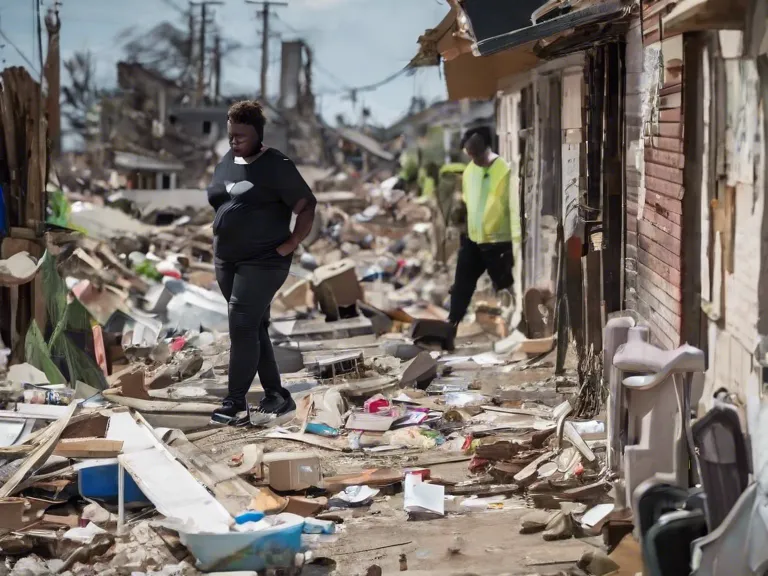
Natural disasters can have catastrophic impacts on public health, leading to increased risks of injury, illness, and death. In order to effectively respond to these emergencies, public health organizations must implement various strategies and innovations. This article explores some of the key approaches that have been developed to improve public health responses to natural disasters.
One important strategy is to establish robust communication systems that can quickly disseminate information to affected populations. This can include alert systems, social media campaigns, and community outreach efforts. By keeping the public informed about risks and providing guidance on how to stay safe during a disaster, public health agencies can help prevent unnecessary harm.
Innovations in technology have also played a crucial role in enhancing public health responses to natural disasters. For example, the use of remote monitoring devices can help track the spread of diseases in disaster-affected areas, allowing for targeted interventions. Additionally, drones and other advanced technologies can be used to survey damage and assess the needs of affected communities more quickly and accurately.
Collaboration between public health agencies, emergency responders, and community organizations is another key strategy for improving disaster response efforts. By working together and sharing resources, these groups can more effectively coordinate their efforts and ensure that the needs of affected populations are met in a timely manner.
Training and preparedness are also essential components of a successful public health response to natural disasters. By conducting regular drills, simulations, and exercises, public health agencies can identify gaps in their emergency response plans and develop strategies to address them before a disaster strikes.
Overall, a multi-faceted approach that combines communication, technology, collaboration, and preparedness is crucial for mitigating the public health impacts of natural disasters. By implementing these strategies and innovations, public health agencies can better protect the health and well-being of their communities in times of crisis.



